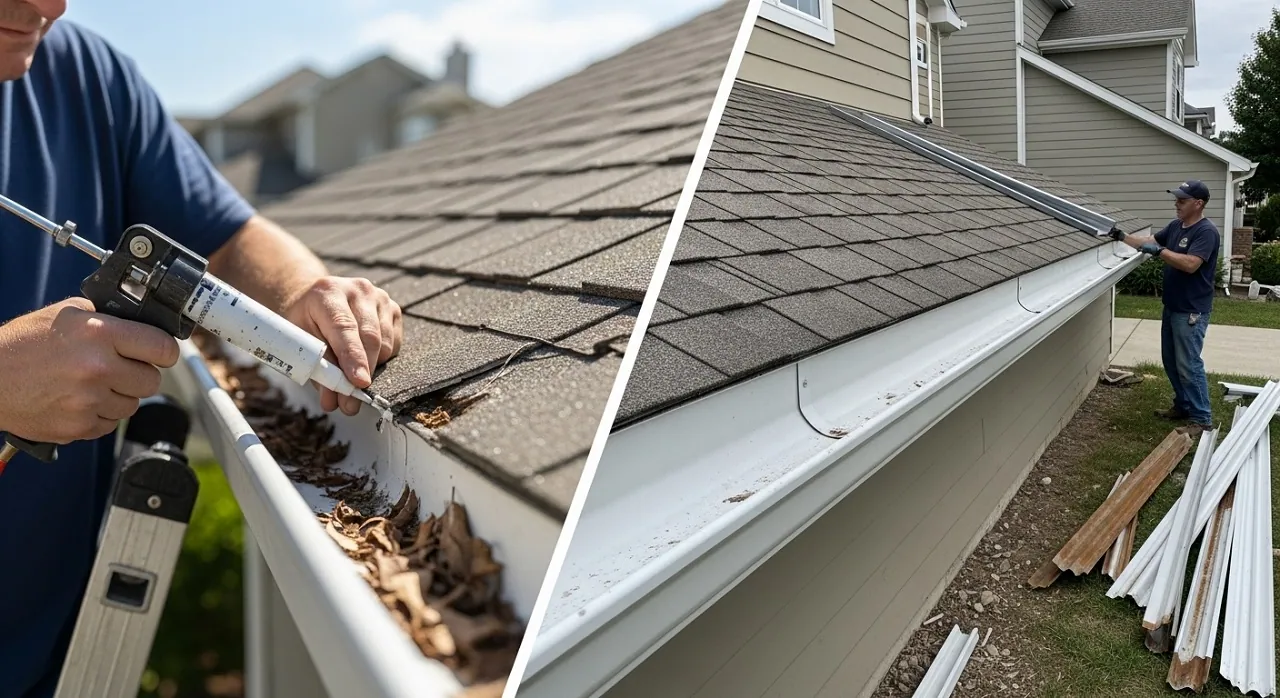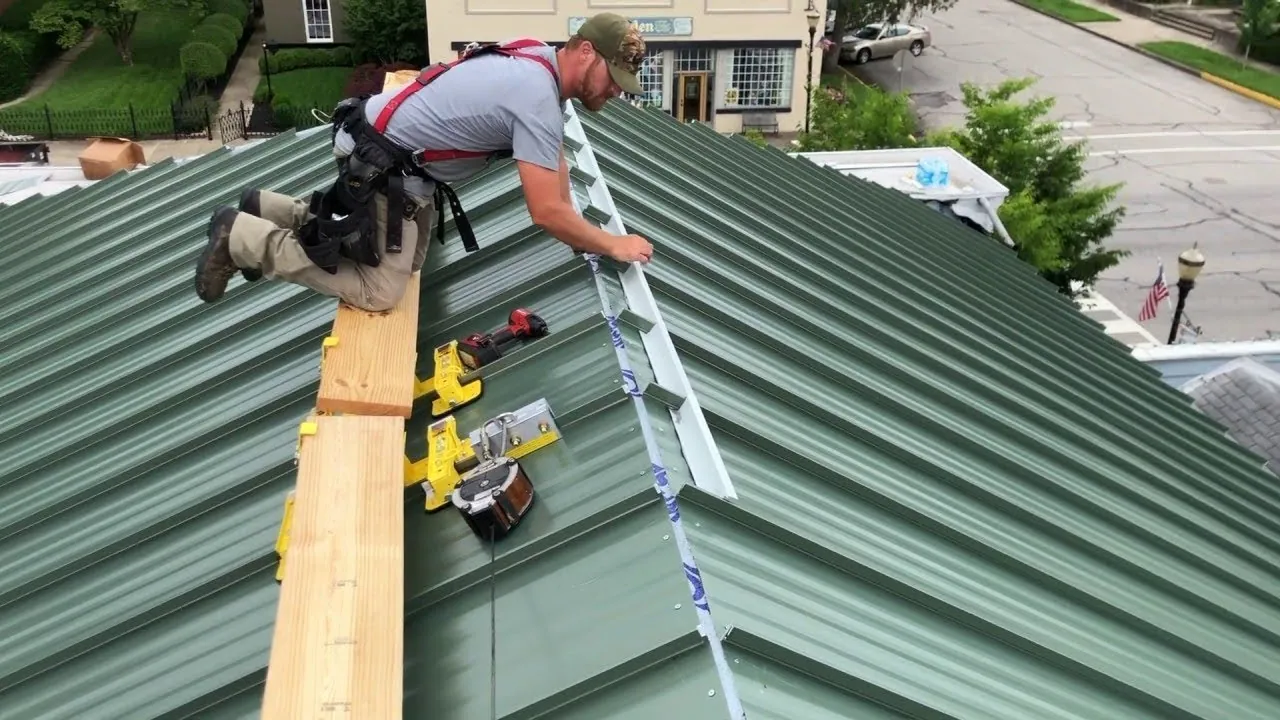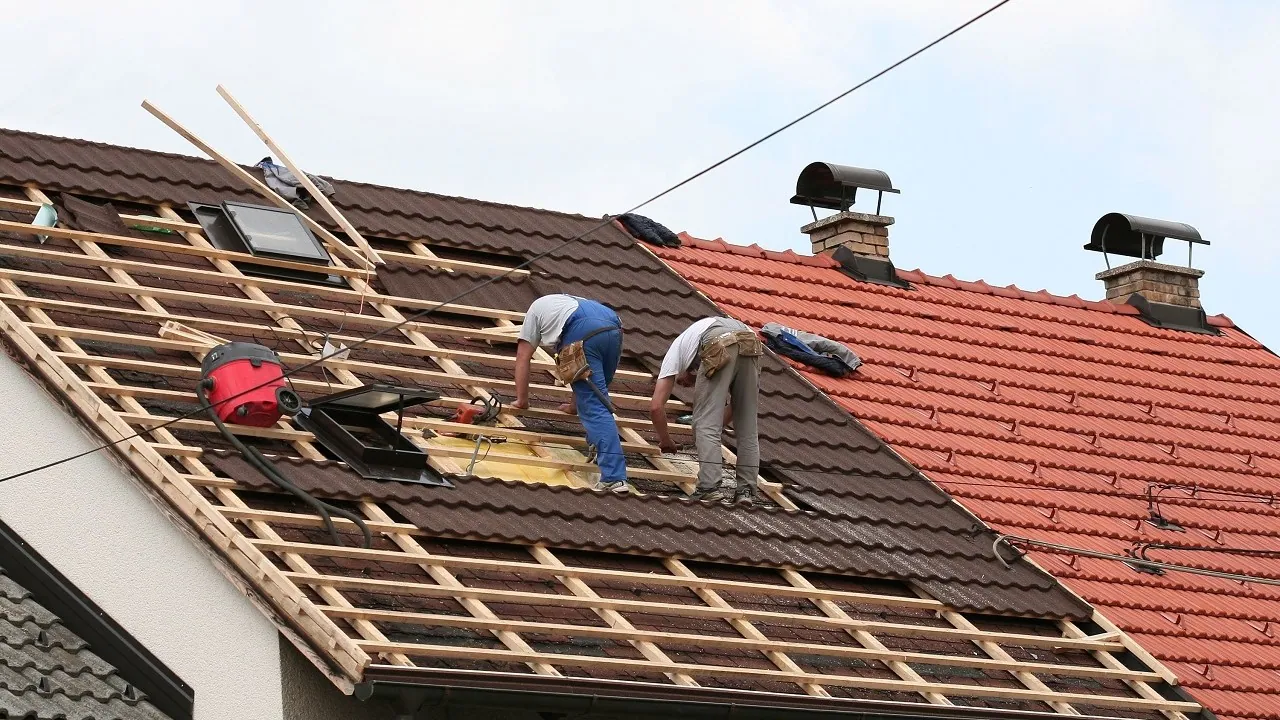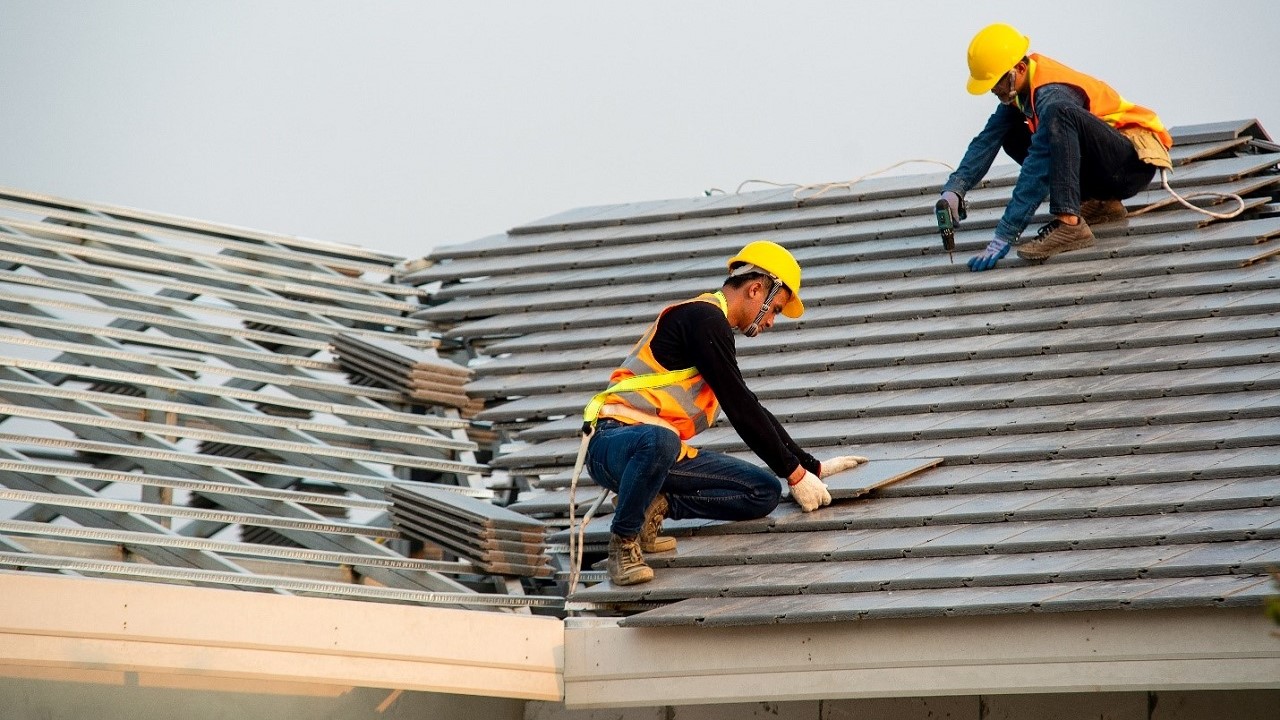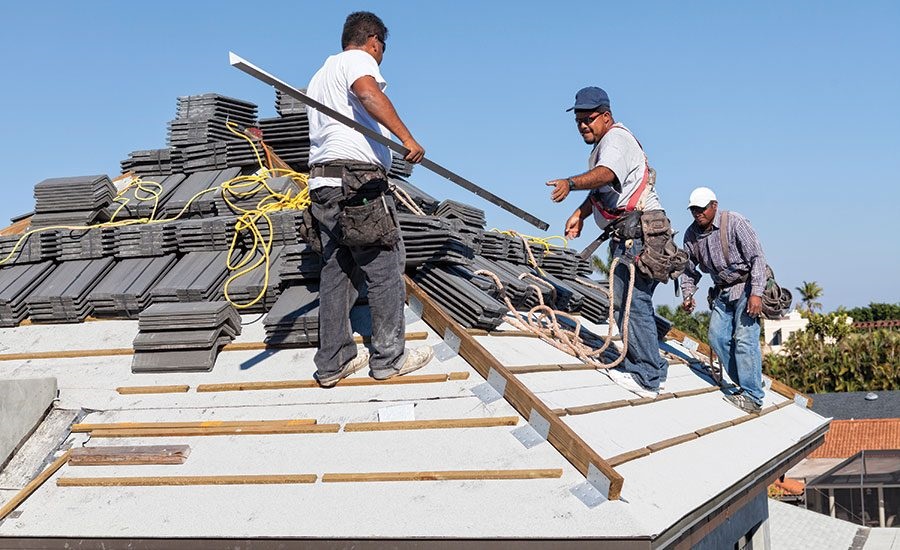When it comes to roof repairs in Bournemouth, timing isn’t just about convenience—it’s about getting the job done right. After working with hundreds of coastal properties, we’ve learned that certain seasons offer distinct advantages for different types of repairs. Let’s break down when to schedule your repairs for the best results.
Spring: The Golden Window (March-May)
Spring emerges as the clear winner for most roof repairs in Bournemouth. Here’s why experienced homeowners and contractors alike favour this season:
Stable Weather Conditions: March through May typically brings the most predictable weather patterns of the year. Average temperatures hover between 8-15°C, creating ideal conditions for most roofing materials to cure and set properly. You’re less likely to face the surprise downpours that can halt work mid-project or compromise freshly applied sealants.
Post-Winter Assessment: Spring gives you the perfect opportunity to assess any damage from winter storms. Those loose tiles that rattled through February’s gales become visible, and water stains from roof leak repair needs are often most apparent after months of testing weather.
Material Performance: Adhesives, sealants, and roofing membranes perform optimally in spring temperatures. Whether you’re dealing with flat roof repair or traditional pitched roof maintenance, materials have the chance to cure slowly and thoroughly without the stress of extreme temperatures.
Contractor Availability: Many homeowners delay repairs over winter, creating higher availability among quality contractors in spring. With Roofing Bournemouth, you’ll have better choices, potentially better pricing, and more flexible scheduling options.
Autumn: The Smart Preparation Season (September-November)
Autumn runs a close second for repair timing, offering its unique advantages:
Pre-Winter Preparation: Getting repairs done in autumn means your roof is battle-ready for winter storms. It’s much easier to weatherproof your home before the challenging months than to attempt emergency fixes during them.
Dry September Start: Early autumn, particularly September, often provides excellent working conditions. The summer heat has subsided, but the autumn rains haven’t fully established their pattern yet.
Final Assessment Opportunity: Autumn gives you one last chance to address any issues that developed during summer before they’re tested by winter weather. Small problems identified now won’t become expensive emergencies later.
Why Summer Can Be Challenging (June-August)
While summer might seem ideal for outdoor work, roof repairs in Bournemouth during this season come with hidden complications:
Extreme Heat Stress: Surface temperatures on dark roof materials can exceed 60°C during heatwaves. This makes working conditions dangerous and can cause some materials to become too soft or pliable to work with effectively.
Rapid Curing Issues: Sealants and adhesives can cure too quickly in high temperatures, potentially creating brittle bonds that fail prematurely. This is particularly problematic for flat roof repair projects that rely on membrane adhesion.
Holiday Delays: Summer is the peak holiday season for both contractors and suppliers. What should be a straightforward repair can stretch into weeks due to availability issues.
Thermal Movement: The extreme temperature differences between day and night can cause roofing materials to expand and contract significantly, making it harder to achieve lasting repairs.
Winter Repairs: When Delay Isn’t an Option (December-February)
Sometimes winter repairs can’t be avoided, but they require special considerations:
Emergency Only: Winter should generally be reserved for emergency repairs only—situations where delaying until spring would cause significant property damage or safety concerns.
Weather Windows: When winter roof replacement in Bournemouth is necessary, contractors must work within very narrow weather windows. A repair that might take one day in spring could require three separate visits in winter.
Higher Costs: Emergency repairs typically cost 20-40% more than planned maintenance due to urgency, weather delays, and the need for temporary weatherproofing measures.
Limited Material Options: Some roofing materials simply won’t perform properly in cold, damp conditions. This can limit your repair options and sometimes require temporary fixes until better weather allows for permanent solutions.
Special Considerations for Different Repair Types
Flat roof repair: Projects are particularly weather-sensitive. EPDM rubber membranes, felt systems, and liquid waterproofing compounds all require dry conditions and moderate temperatures. Spring offers the best balance, with autumn as a solid backup option.
Roof leak repair: Work can be deceptive—you might think you’ve found and fixed the problem, but without proper drying time, you could miss secondary issues. Spring’s longer dry spells allow for thorough diagnosis and effective repairs.
Emergency Situations: Genuine emergencies don’t wait for ideal weather, but even emergency repairs benefit from good timing when possible. A temporary fix in winter might hold until spring allows for a comprehensive solution. For urgent help, call 07742076612, and our team will respond quickly to secure your property.

